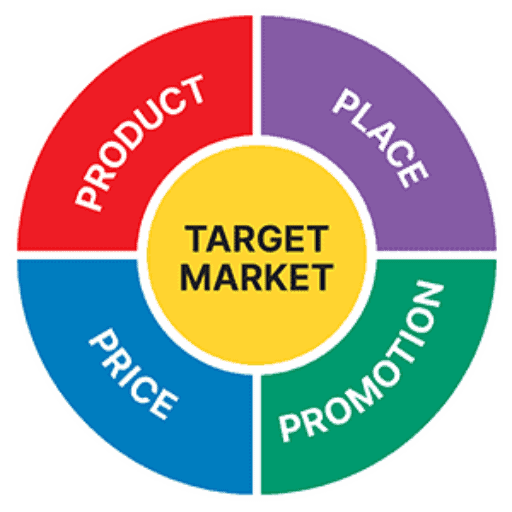#M4BW | Advertising | Chapter 03 | Chapter 04 | Chapter 05 | Chapter 09 | Chapter 13 | Chapter 15 | Chapter 16 | Ethics | External market environment | New-product development | Promotion | Social media | Social responsibility
Non-Alcoholic Beverages Are Hot!
In my class and my textbook, I largely refrain from using examples from the marketing of alcoholic beverages. I do not want to appear to…


